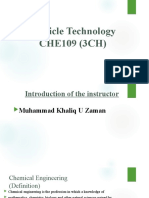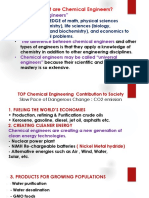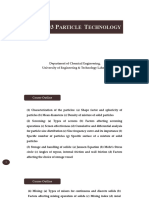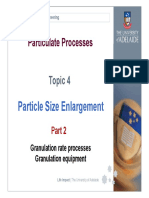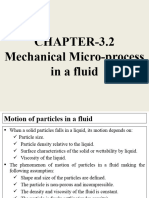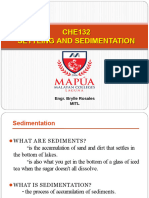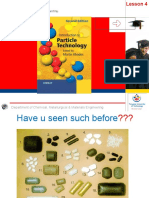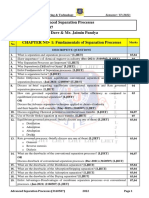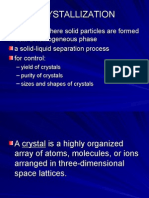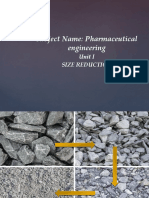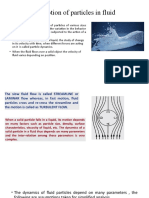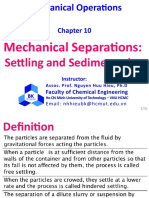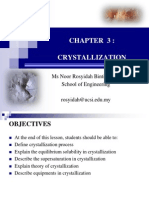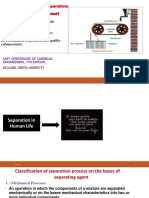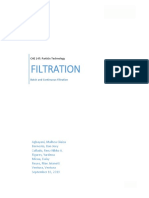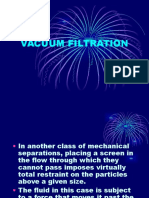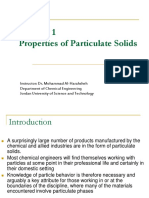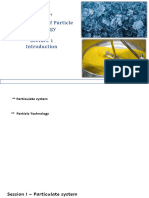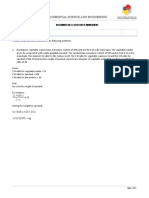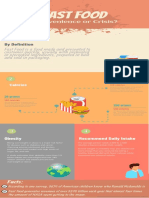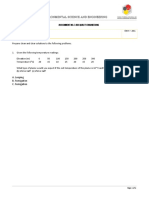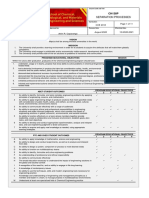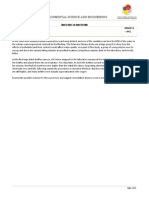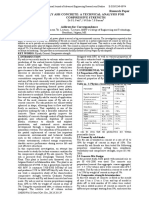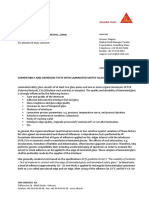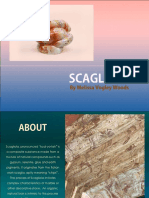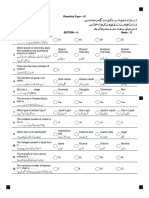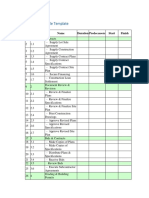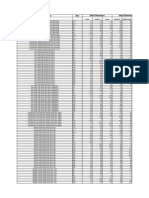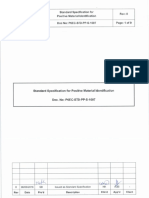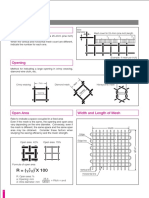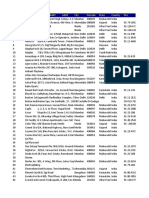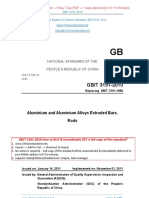0% found this document useful (0 votes)
461 views10 pagesLECTURE 1 - Introduction To Particle Technology
Particle technology is the science and technology related to handling and processing particles and powders. It involves topics like particle characterization, processing, formation, separation, transport, and properties. Industries that commonly use particle technology include food, pharmaceuticals, chemicals, minerals, and more. Common processes involve particle formation, transportation, mixing, drying, and coating.
Uploaded by
Lucienne IrianaCopyright
© © All Rights Reserved
We take content rights seriously. If you suspect this is your content, claim it here.
Available Formats
Download as PDF, TXT or read online on Scribd
0% found this document useful (0 votes)
461 views10 pagesLECTURE 1 - Introduction To Particle Technology
Particle technology is the science and technology related to handling and processing particles and powders. It involves topics like particle characterization, processing, formation, separation, transport, and properties. Industries that commonly use particle technology include food, pharmaceuticals, chemicals, minerals, and more. Common processes involve particle formation, transportation, mixing, drying, and coating.
Uploaded by
Lucienne IrianaCopyright
© © All Rights Reserved
We take content rights seriously. If you suspect this is your content, claim it here.
Available Formats
Download as PDF, TXT or read online on Scribd
/ 10
